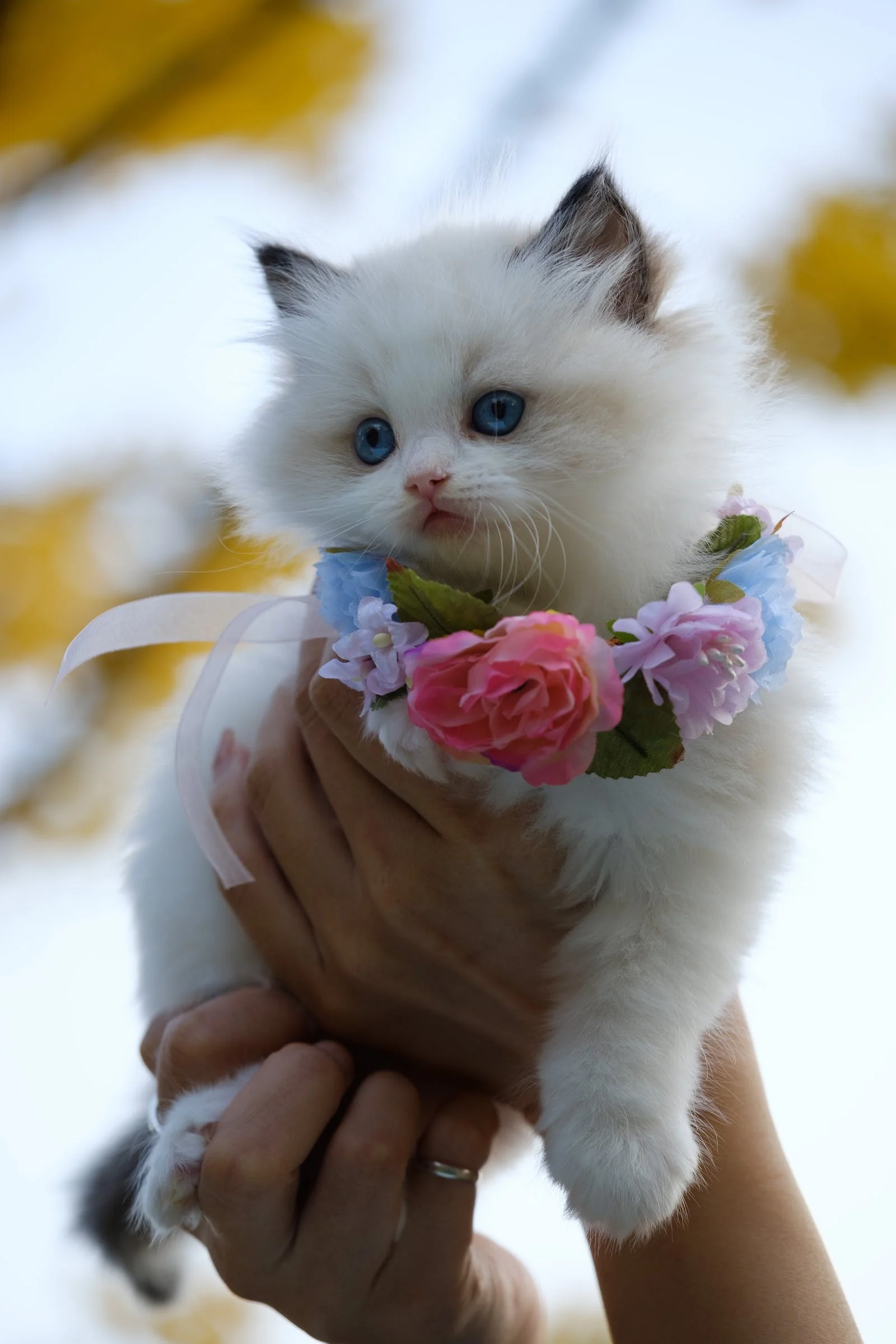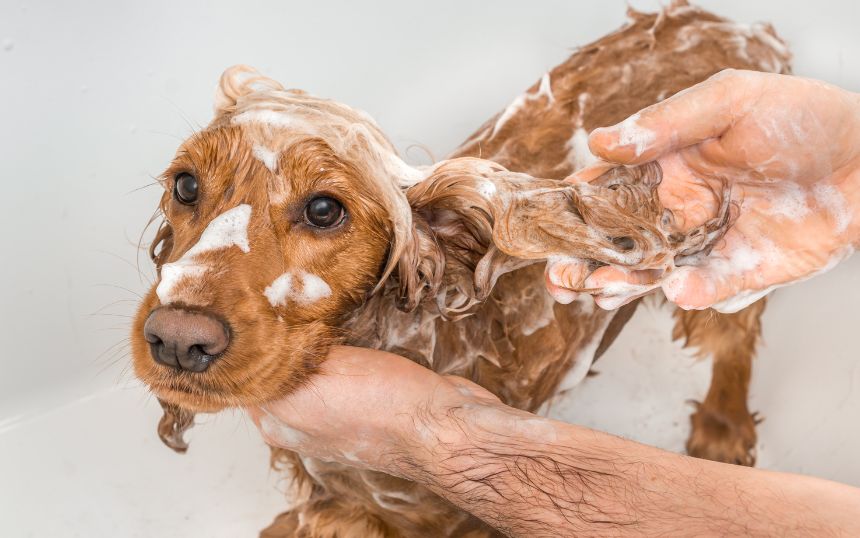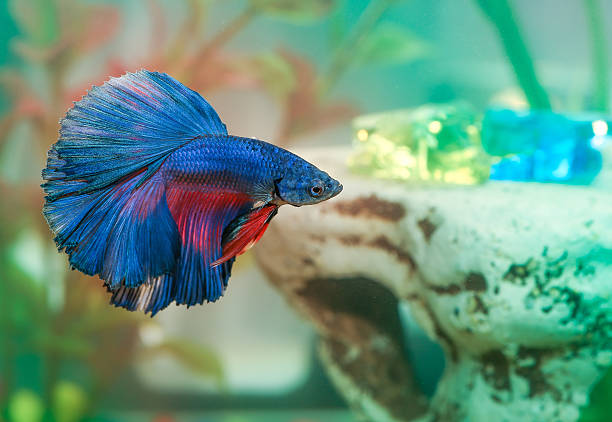7 Tips On How To Take Care Of Tropical Fish For First timers
Taking care of aquarium fish requires dedication, patience, and practice. Whether you've just come across tropical fish or have been keeping them for years, there's always something new to learn about taking the best care of your fish.
1. Start with small fish
One of the most common mistakes that first time tropical fish owners make is getting a large aquarium and then buying a bunch of fish to fill it up. Not only will this create an environment that is unstable, but it will also be very difficult to maintain without experience.
Instead, start out with small species of fish. This will help you get used to the water conditions and care requirements before moving onto larger species. Moreover, smaller fish are easier to care for as they require less space and do not require special equipment such as filters or pumps like some larger species do.
Smaller species also tend to be more resilient which means that they can handle less than perfect conditions better than larger species would so this may mean that if something goes wrong with their environment it will not harm them as much as it would if it happened with a larger species that requires more specialized care than smaller ones do or has more fragile fins or scales than what smaller ones do.
2. Cycle the tank before adding the fish
The process of cycling a tank is simply adding bacteria to the tank and increasing its population, which in turn helps break down ammonia and nitrite into nitrate. Nitrate is not harmful to your fish, but it's also not good for them either. So you need to get rid of it somehow.
Cycling the tank before adding fish is an important step toward keeping your fish healthy and happy. You'll need a few things – an ammonia test kit, a nitrite test kit (optional), an aquarium heater (optional), bio-media like filter floss or gravel that contains beneficial bacteria or live plants with roots that are attached firmly to the substrate (not floating plants).
The reason cycling is so important is because ammonia and nitrite are toxic substances to fish. They can inhibit their immune system, which can lead to severe health problems such as fin rot or bacterial infections like fin rot or columnaris disease. IThus, if you add fish too soon after you cycle your tank then they will be exposed to these toxins when their immune system isn't fully developed yet!
3. Avoid overfeeding your fish
There are many reasons why overfeeding your fish should be avoided. One of them is that overfeeding can cause an increase in ammonia levels, which can be toxic for your fish. It also leads to excess waste in the tank and water changes will only remove so much of this waste.
Another reason is, if you feed your fish too much, they will throw up and the food will float around the tank instead of being eaten by the fish. This will make the water cloudy and dirty and will lead to disease or parasites in your fish.
More importantly, if your fish are eating too much at one time, they may become bloated and float belly-up on top of the water or swim upside down because they're overweight! This makes them susceptible to illness or even death because they cannot swim properly when they're too full or heavy with food (depending on what kind of food you are feeding them).
4. Manage the light in and around your aquarium
The reason for this is simple, most tropical fish come from areas where there is a lot of sunlight. The amount of light that your tank receives can make or break the health of your tropical fish. If you do not have enough light, then you will experience problems like algae growth and other issues.
As for how much light you need to give your tank, it really depends on what kind of fish you have and what type of plants are growing inside the tank. For example, if you are using artificial lighting in your aquarium then it will be easier to control than if you are using natural sunlight. However, we would recommend using artificial lighting because it will allow you to turn off the lights when necessary or if there are storms outside that could cause damage to your aquarium.
It's also important to note that not all types of plants require the same amount of light either so make sure that you know which plants need more or less before deciding if they should be placed inside your tank or not!
5.Create a comfortable environment
The first step in creating a comfortable environment for your tropical fish is to choose the right tank. The size of your aquarium will depend on what type of fish you want to keep and how many fish you want to keep.
You can find information on how much water an aquarium should hold on its packaging or online. You'll also need to consider how many fish you plan on keeping in the tank and whether they will be alone or in pairs or groups.
Another important part of creating a comfortable environment is choosing the right filter for your tank. A filter keeps your water clean, which helps prevent diseases from spreading among your fish, as well as improves oxygen levels that are essential for healthy fish growth and development.
There are many different types of filters available today, each with their own advantages and disadvantages depending on what kind of water quality you prefer (such as whether you have hard water vs soft water). Some filters are more powerful than others while others may cost more money than others depending on where they're purchased from.
6. Clean the tank regularly
Cleaning the tank regularly will help you keep your tropical fish healthy and in good condition.
So, the best way to clean the tank is through a partial water change. This is especially true if you have a large tank or have recently added new fish to the tank.
If you have a small tank, then it's possible to do a partial water change every week or two. This will ensure that all debris and dirt has been removed from the aquarium, as well as helping to keep your water quality high and free of harmful bacteria.
As with any other type of cleaning, it's important to do this when no one else is in the room with you. If anyone else comes into contact with the aquarium while it's being cleaned, they could transfer harmful bacteria from their hands onto any surfaces or objects within reach of your aquarium.
7. Re-create a natural environment
Perhaps, this is the most important part when it comes to taking care of your fish. The reason is because it helps to prevent stress.
Tropical fish are prone to stress, which can cause illness and even death. The better you can replicate their natural environment, the less likely they are to suffer from these problems.
Additionally, it helps with their breeding habits. Tropical fish often breed in the wild when they are young, but once they become mature adults, they stop breeding. If you want them to continue breeding after this age, you'll have to provide them with a suitable environment that mimics what they would find in nature.
It also helps with their nutrition requirements. Many tropical fish eat foods that contain high levels of salt and other minerals that are not found in most home aquariums without suffering health issues as a result of it (although some types may still suffer from these problems). By replicating these conditions in your aquarium with plants and other decorations, you can ensure that your fish get these important nutrients from their food instead of from the water itself!
It has been said that fish, especially tropical fish, are one of the most cost-effective pets to have. With a few simple tips and some daily care, you can provide your fish with a safe and healthy home, along with the activity they need to thrive.
For more helpful and informative insights, visit here.





